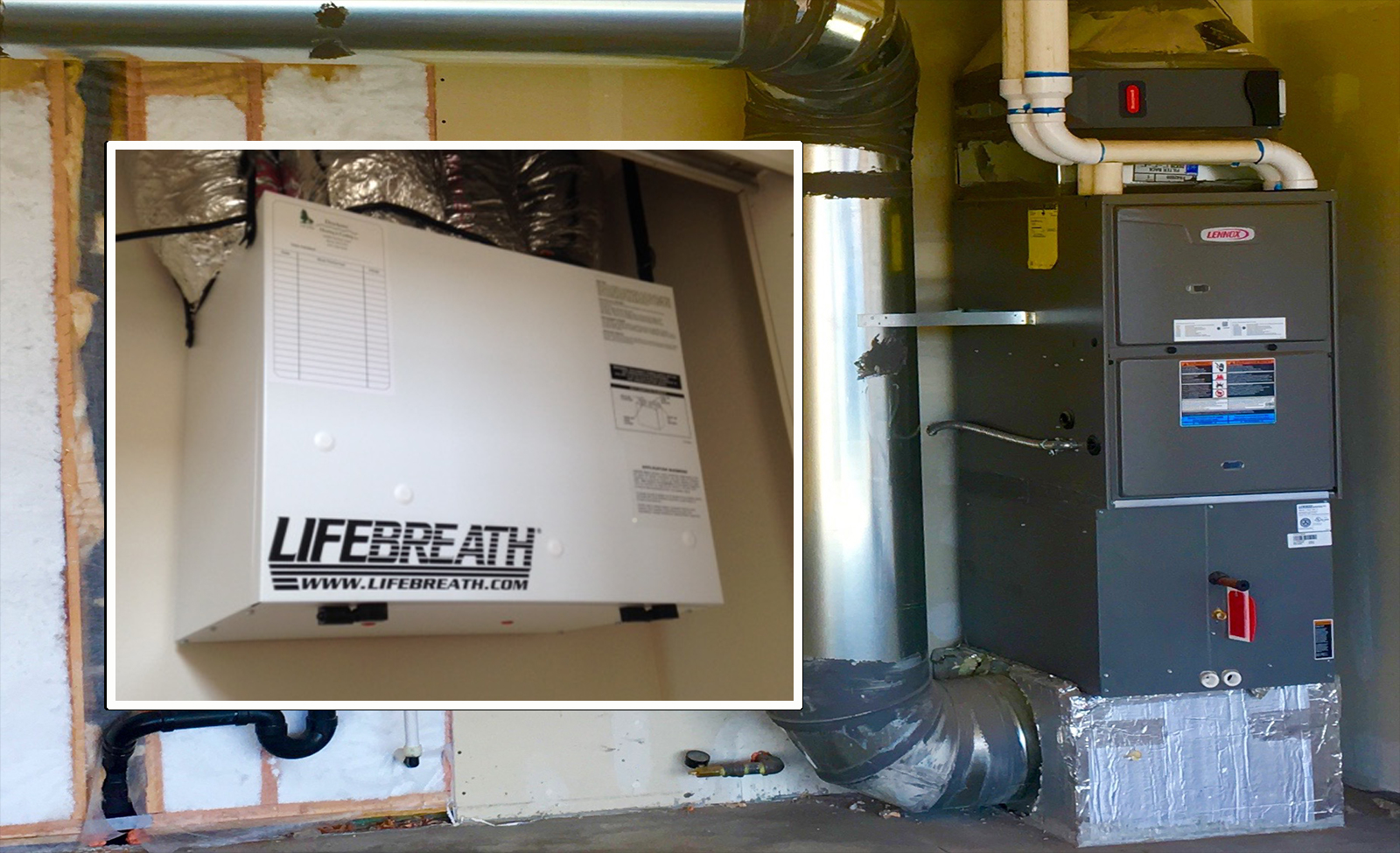HRV Simplified: What Every Homeowner Must Understand
How Heat Recovery Ventilation Improves Indoor Air High Quality and Reduces Power Expenses
Heat Recovery Ventilation (HRV) systems play a crucial function in enhancing indoor air high quality while concurrently decreasing power costs. By successfully exchanging stale interior air with fresh exterior air, HRVs assist maintain ideal moisture and reduce contaminants. In addition, their capability to recover warmth from outbound air decreases the strain on heating and cooling systems. As power prices remain to climb, comprehending the full potential of HRV systems comes to be increasingly vital for house owners and businesses alike.
Comprehending Heat Recovery Ventilation Solutions

Heat recovery ventilation (HRV) systems play an important role in boosting indoor air high quality, particularly in contemporary, energy-efficient structures. These systems are developed to transfer warm from the outgoing stale air to the incoming fresh air, consequently reducing power loss while keeping suitable temperature level levels indoors. HRVs contain a heat exchanger, followers, and ductwork, facilitating the continual flow of air. By expelling interior toxins and introducing fresh air, HRVs help to stabilize moisture levels, protect against mold development, and minimize allergens. The performance of HRV systems depends on their ability to recover approximately 80% of the heat from the tired air, promoting energy conservation while guaranteeing a healthy interior setting. Their assimilation is essential in achieving lasting living methods.
The Significance of Indoor Air High Quality
Indoor air quality (IAQ) is an important aspect influencing the wellness and wellness of residents in any type of environment. Poor IAQ can cause numerous wellness concerns, including respiratory system troubles, allergies, and exhaustion. Additionally, it can worsen status quo such as asthma. Elements adding to reduced IAQ consist of contaminants from indoor resources like cleaning representatives, mold, and insufficient ventilation. Consequently, preserving excellent IAQ is vital for promoting a risk-free and comfortable living or working room. Reliable techniques to improve IAQ include routine monitoring of air quality, proper air flow systems, and minimizing using damaging compounds indoors. By prioritizing IAQ, individuals can assure a healthier atmosphere that promotes efficiency and total lifestyle.
Power Performance Perks of HRV Equipments
Lots of homeowners and building managers are increasingly recognizing the energy effectiveness advantages of warmth recovery air flow (HRV) systems. By transferring warm from exhausted interior air to inbound fresh air, HRV systems significantly lower the energy required for cooling and heating. This process decreases dependence on conventional cooling and heating systems, causing lower energy costs. In addition, HRVs aid maintain a well balanced interior climate, avoiding excessive home heating or cooling down demands. The ability to recover as much as 90% of the warmth from outward bound air additionally sustains sustainability initiatives by minimizing overall energy consumption. HRV systems add not only to cost financial savings however likewise to a reduced carbon footprint, straightening with the expanding emphasis on energy-efficient building practices.
Installment and Upkeep Considerations
The efficient application of warm recovery ventilation (HRV) see this website systems needs cautious consideration of installment and maintenance variables to ensure peak performance. Proper positioning of the HRV unit is crucial, as it needs to be mounted in a location that makes the most of air flow while decreasing sound disruption. In addition, ductwork needs to be appropriately sized and insulated to avoid power loss. Routine maintenance, including filter replacement and system cleansing, is vital to protect optimal capability and interior air high quality. Proprietors ought to establish a routine upkeep timetable to determine and deal with potential problems before they escalate. Collaboration with knowledgeable professionals throughout both installment and maintenance phases can boost the durability and effectiveness of their website HRV systems, eventually bring about much better indoor settings and minimized energy costs.
Real-World Applications and Success Stories
Checking out real-world applications of heat recovery ventilation (HRV) systems reveals their significant effect on interior air quality and power efficiency throughout different settings. In residential buildings, homeowners have actually reported enhanced air high quality, resulting in less allergies and breathing issues. Schools carrying out HRV systems have kept in mind enhanced pupil concentration and minimized absenteeism due to much better air flow. Industrial buildings, such as workplaces and retail rooms, have experienced lower energy expenses and increased staff member performance. A corporate workplace in a pleasant climate attained a 30% decrease in energy costs after setting up an HRV system. These success tales show that HRV modern technology not only adds to much healthier atmospheres yet also offers concrete monetary advantages, making it an important investment for various sectors.
Often Asked Concerns
Can HRV Equipments Lower Irritants in Indoor Air?
The efficiency of HRV systems in minimizing interior irritants largely hinges on their capacity to filter and exchange air. HRV Heat Recovery Ventilation. By constantly replacing stagnant air, these systems can greatly decrease allergen levels throughout interior environments

How Does Humidity Affect HRV System Performance?
Humidity substantially affects HRV system performance; high levels can cause condensation, minimizing efficiency, while low humidity might improve air exchange. read review Balancing moisture is essential for ideal procedure and maintaining interior air top quality.
Are HRV Solutions Noisy Throughout Operation?
HRV systems can create differing sound degrees throughout procedure, depending on their layout and setup. Some systems operate silently, while others may produce noticeable sound, specifically at higher airflow settings or when badly preserved.
What Is the Typical Life-span of an HRV System?

Can HRV Equipments Be Made Use Of in All Climates?
HRV systems can be utilized in different climates, yet their effectiveness may vary - HRV Heat Recovery Ventilation. In extreme temperatures, changes or supplementary systems may be required to guarantee excellent efficiency and comfort while keeping indoor air high quality